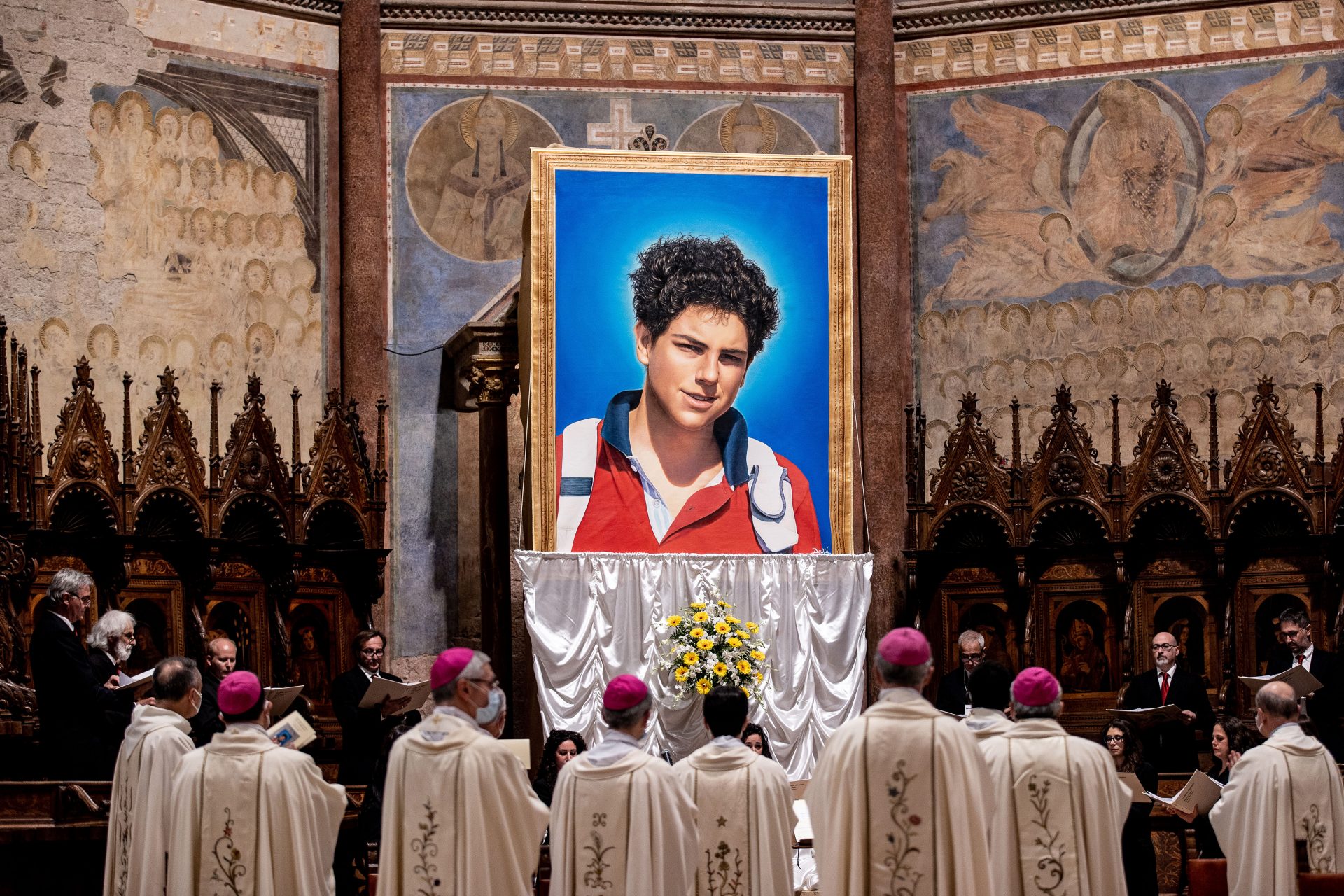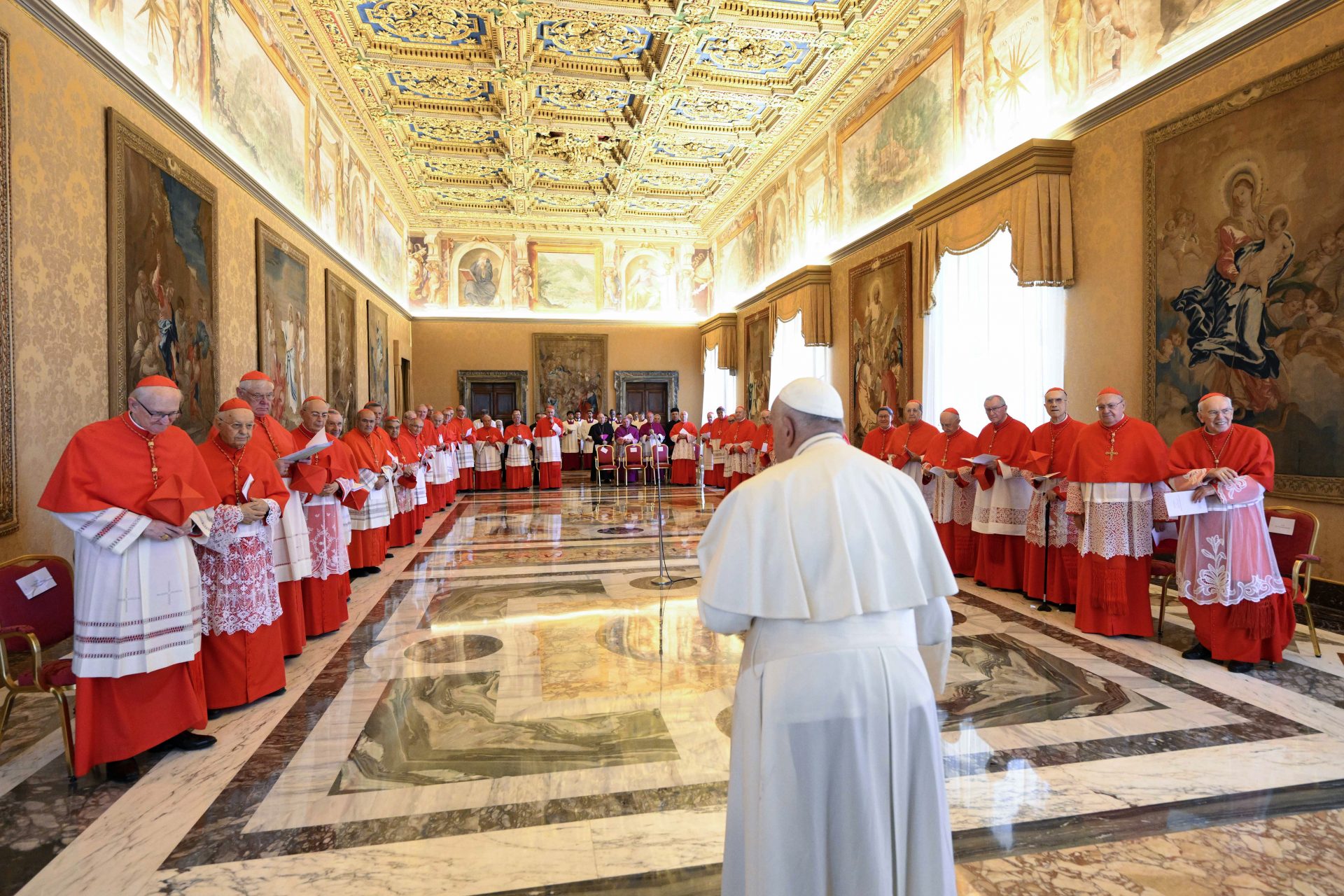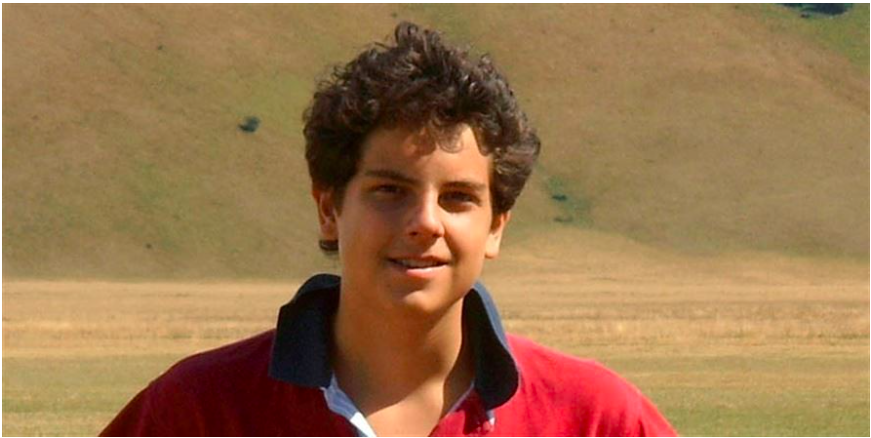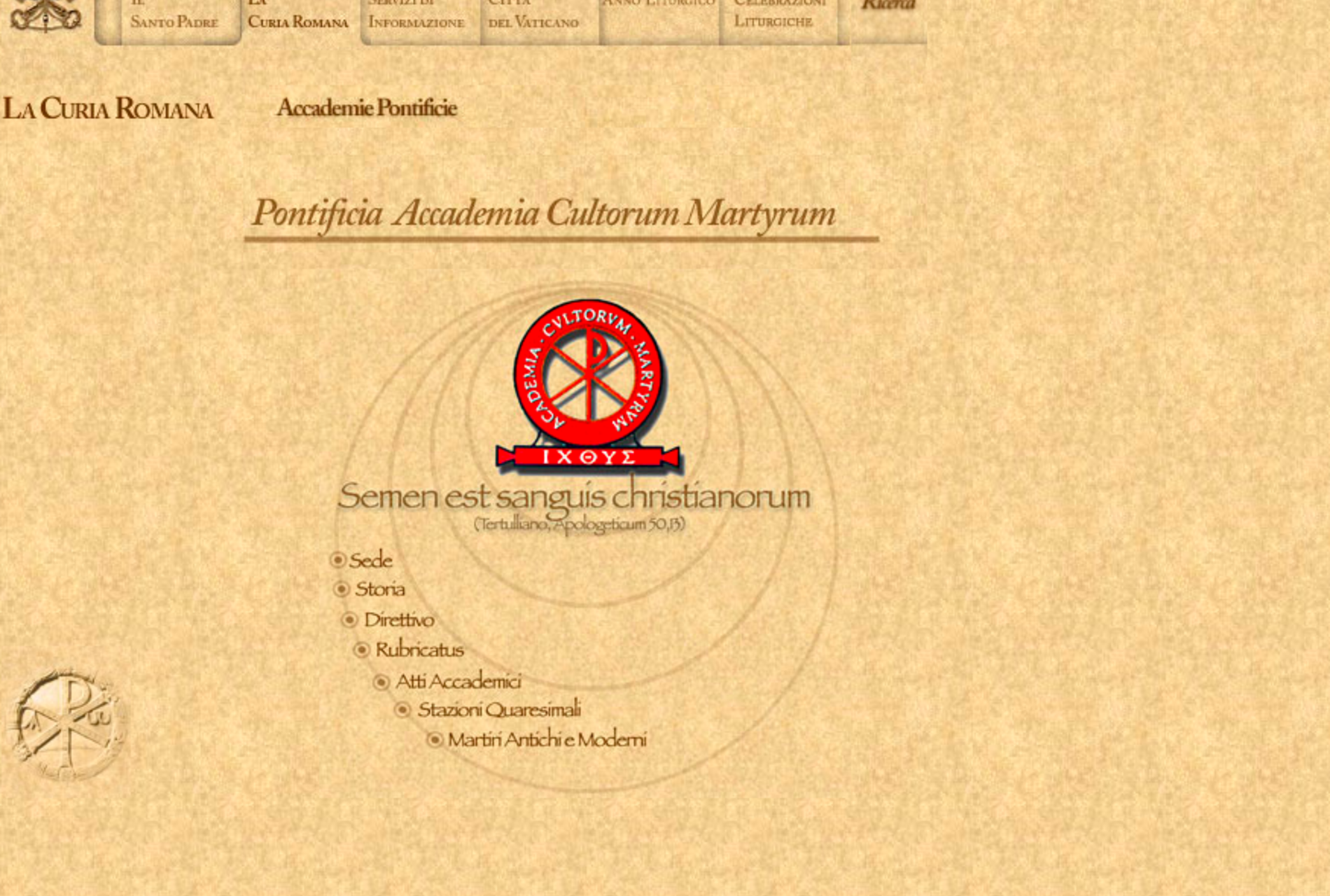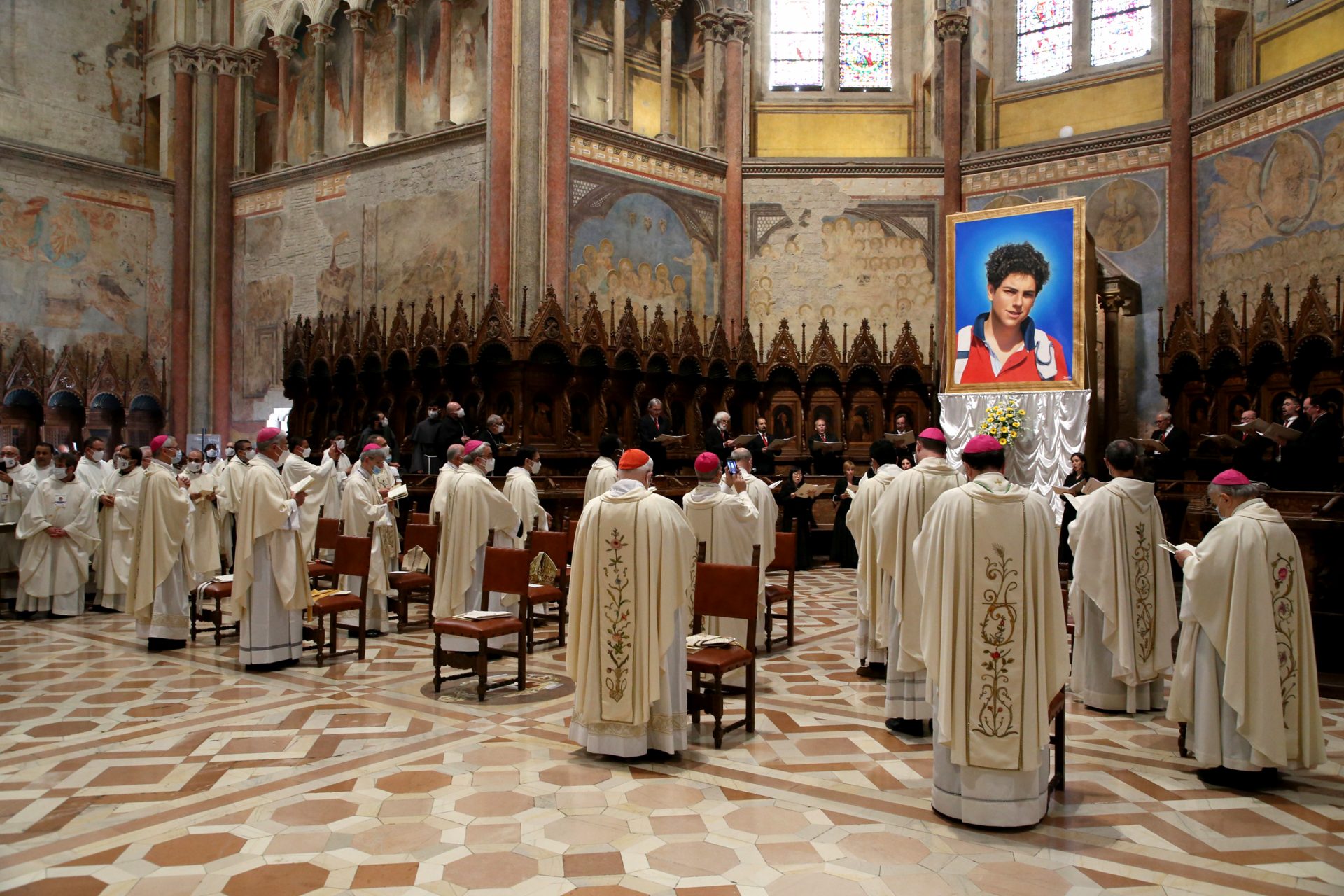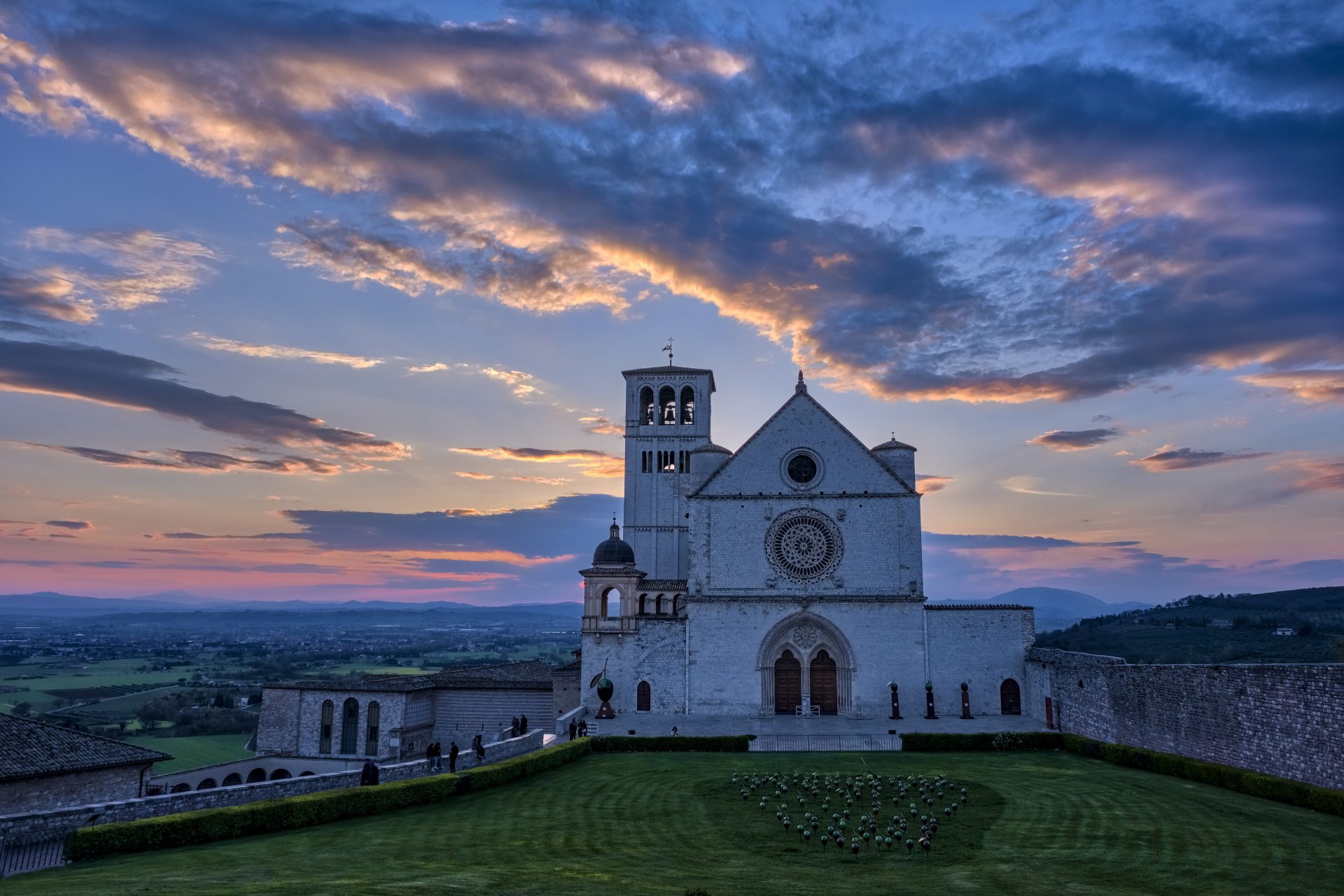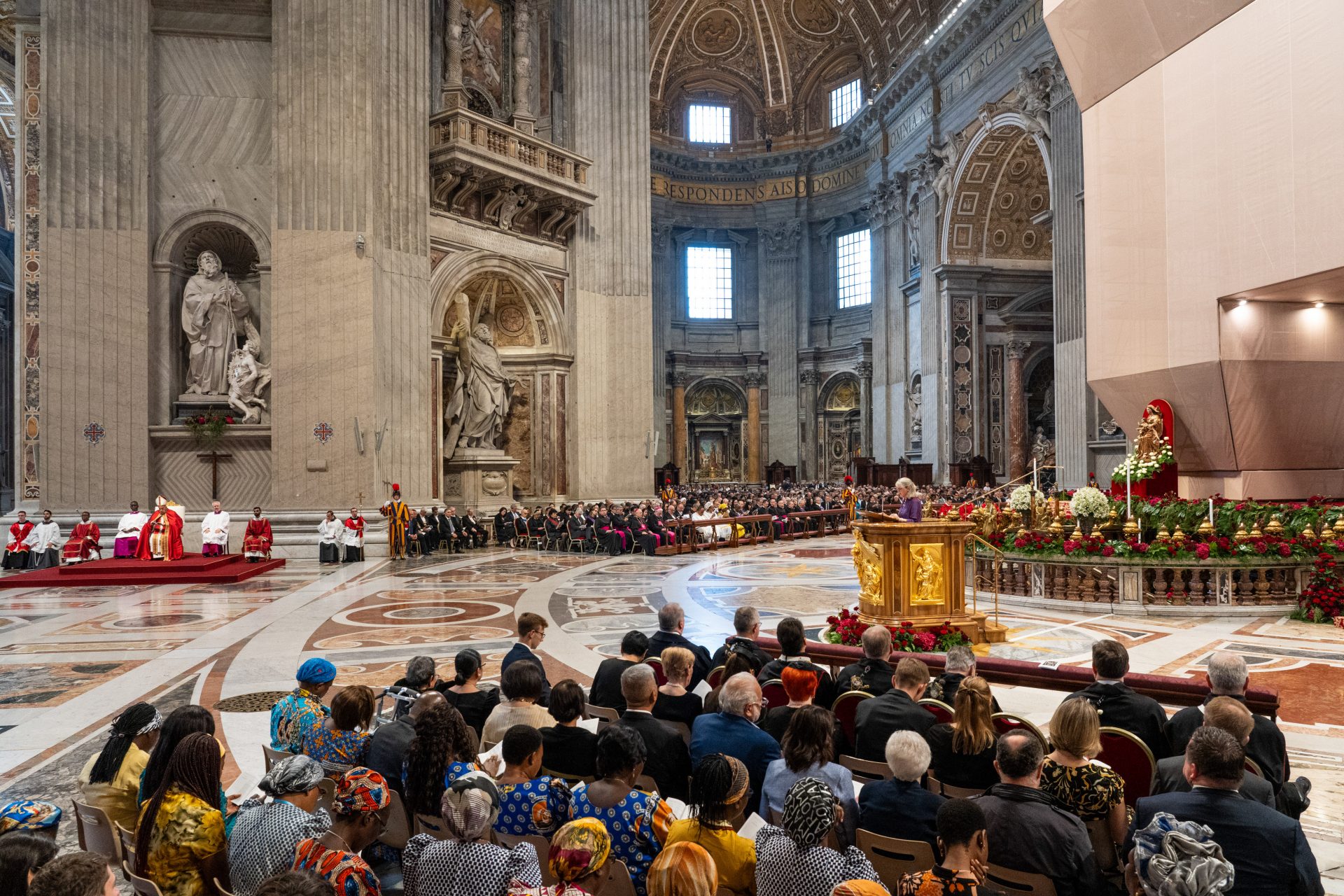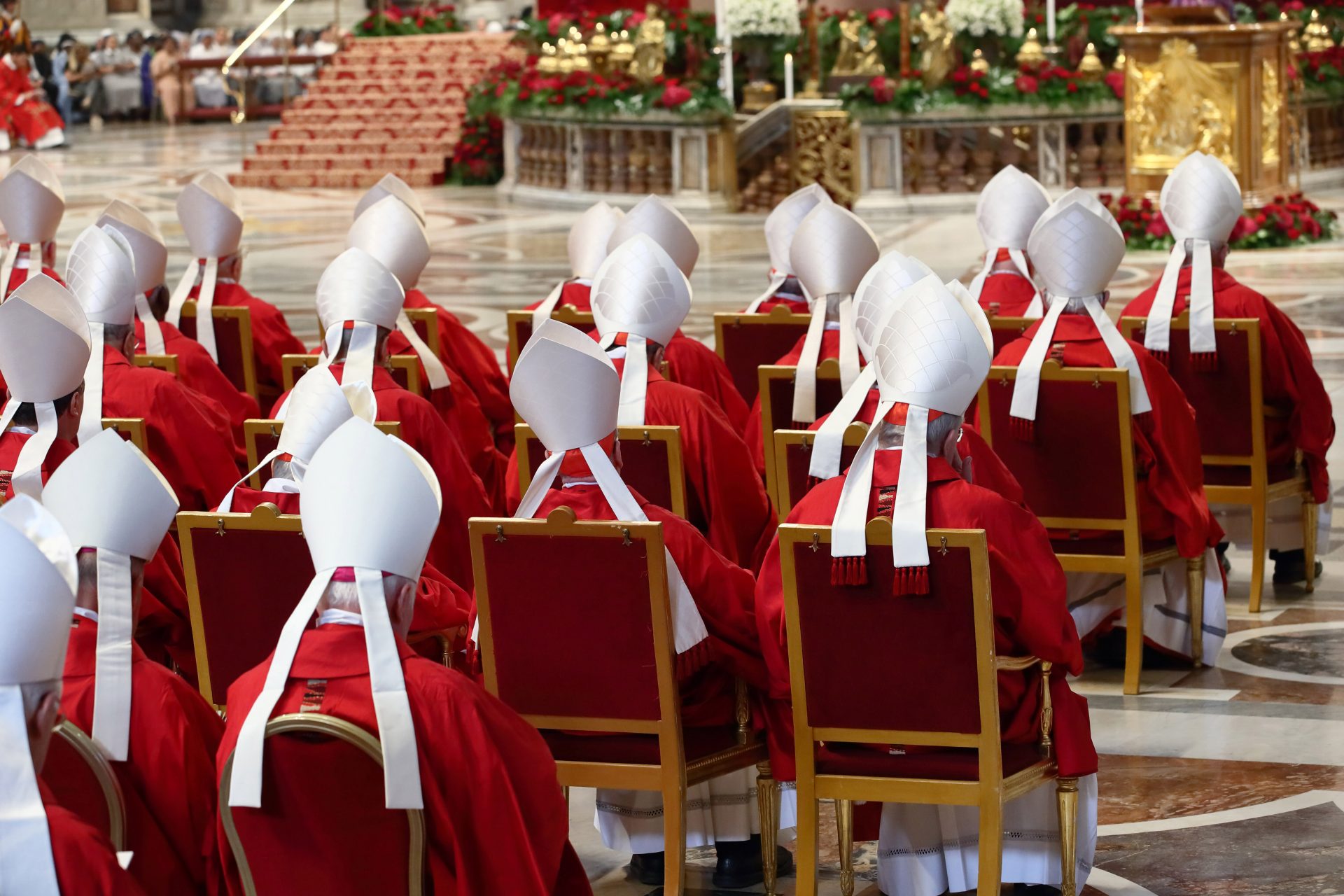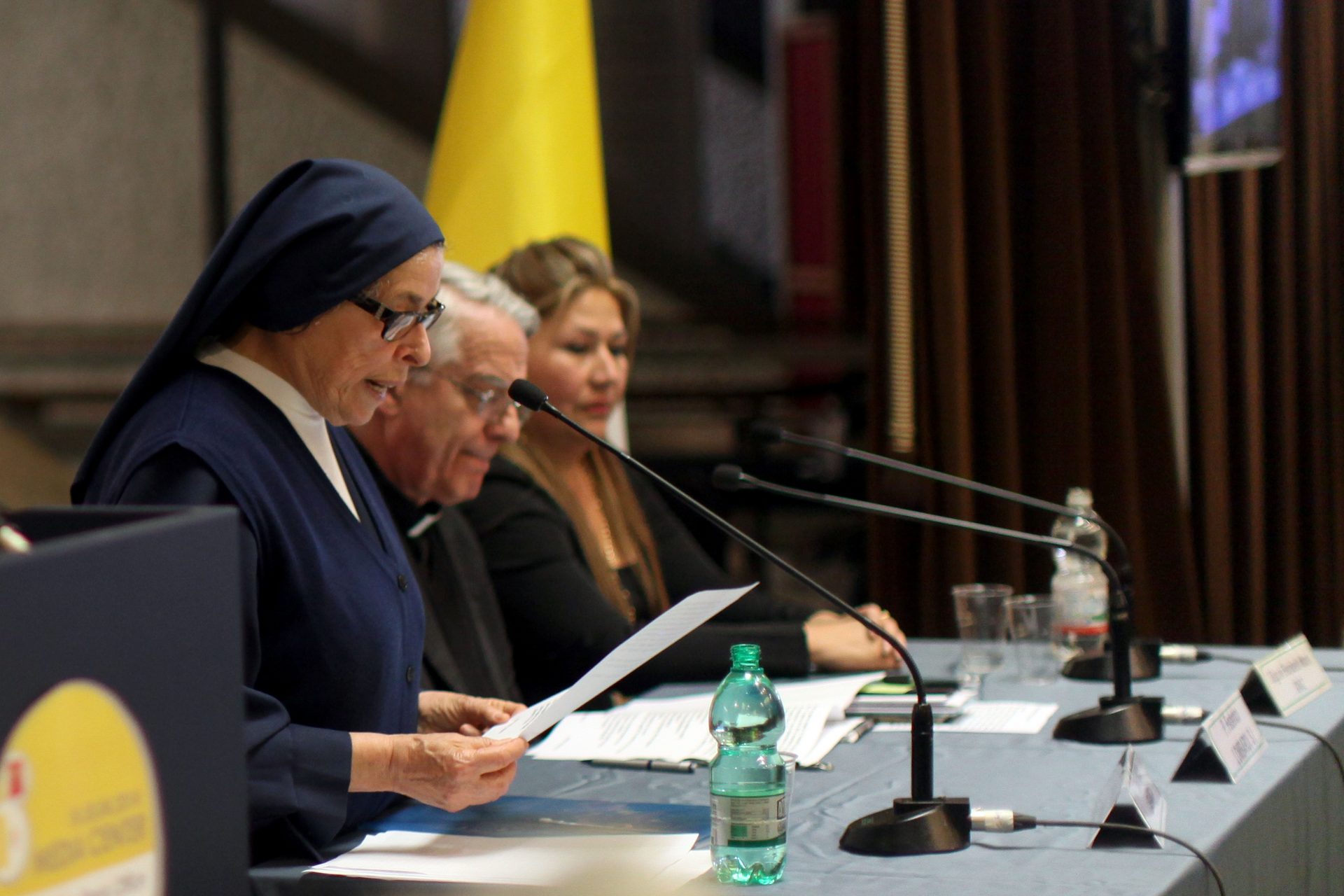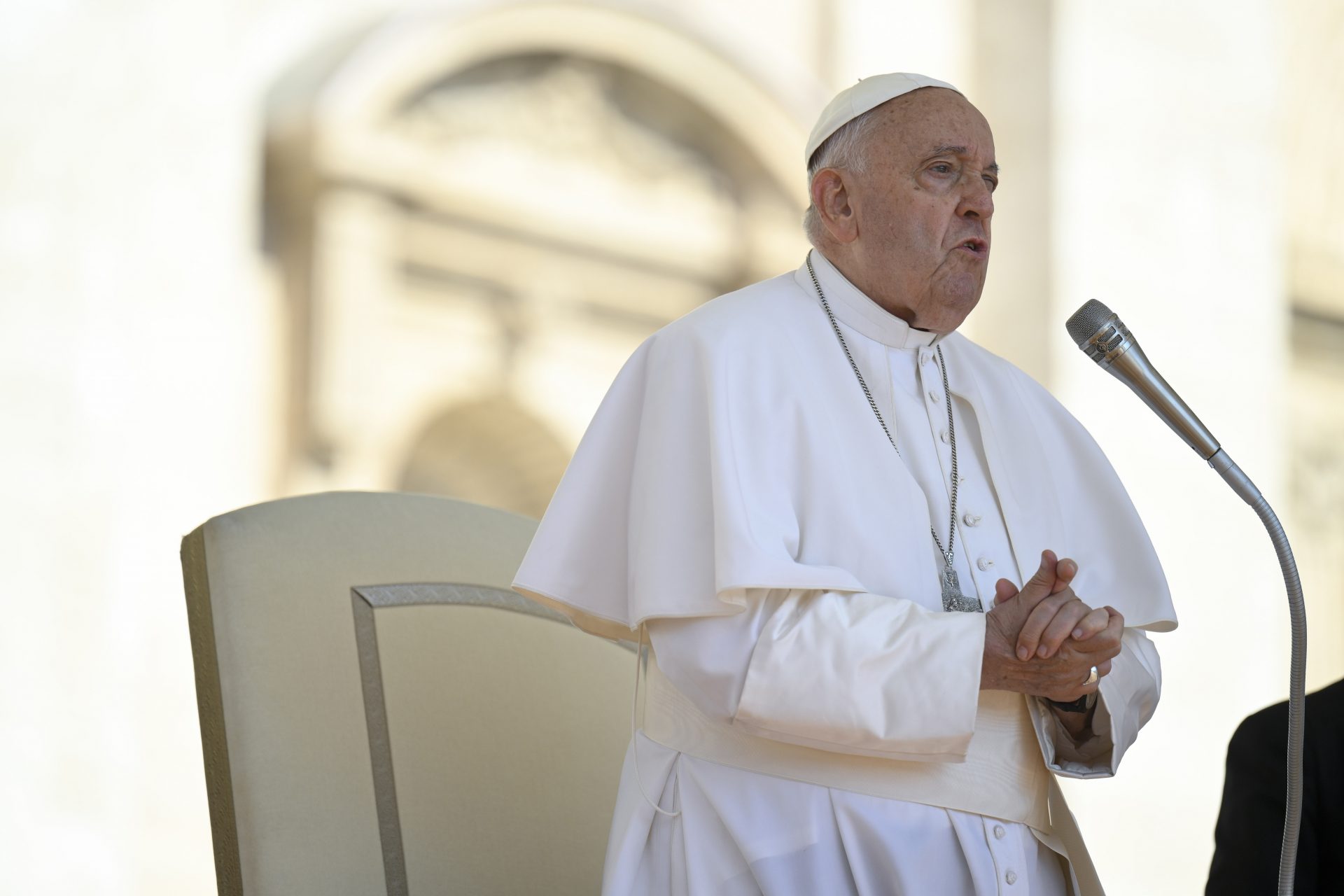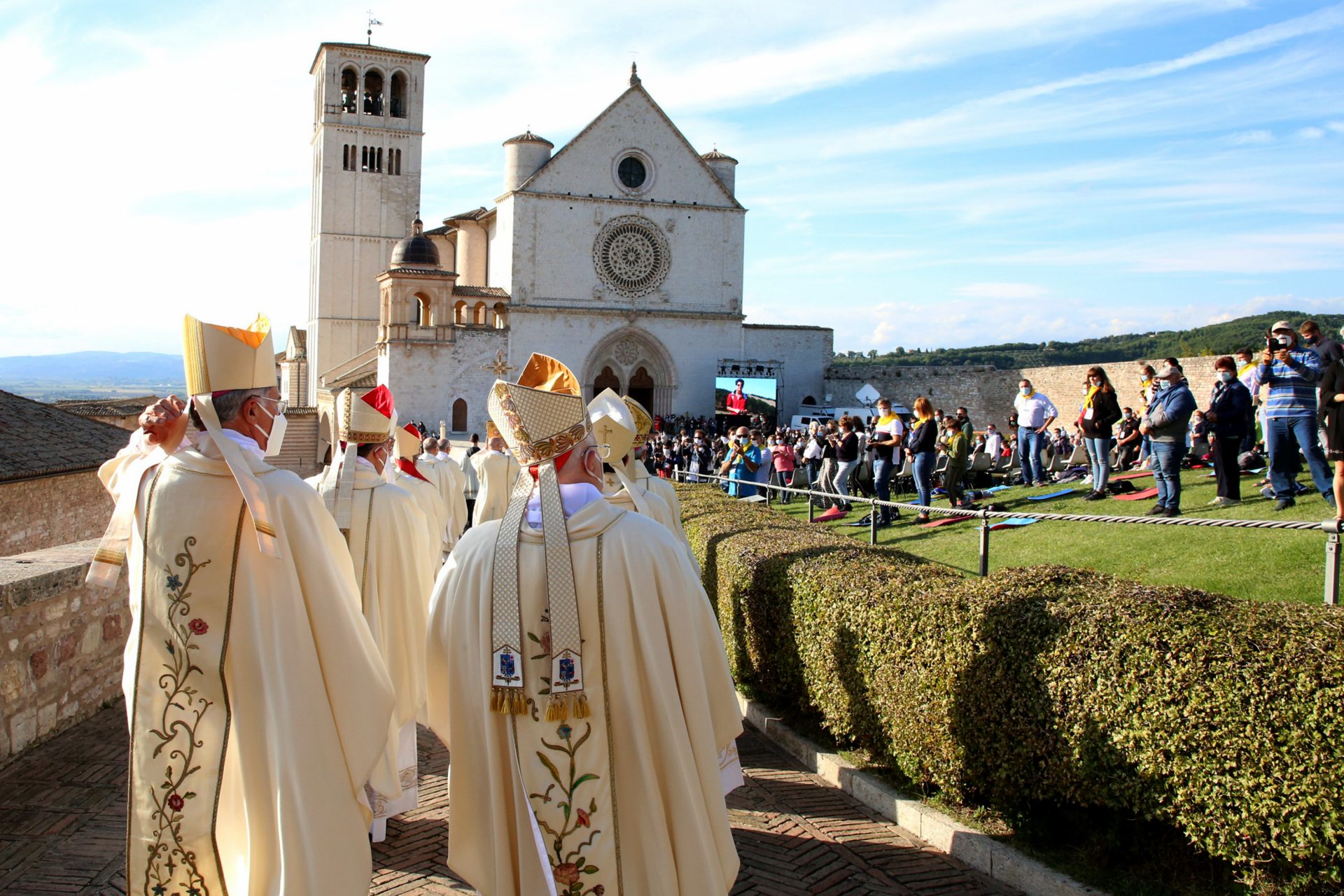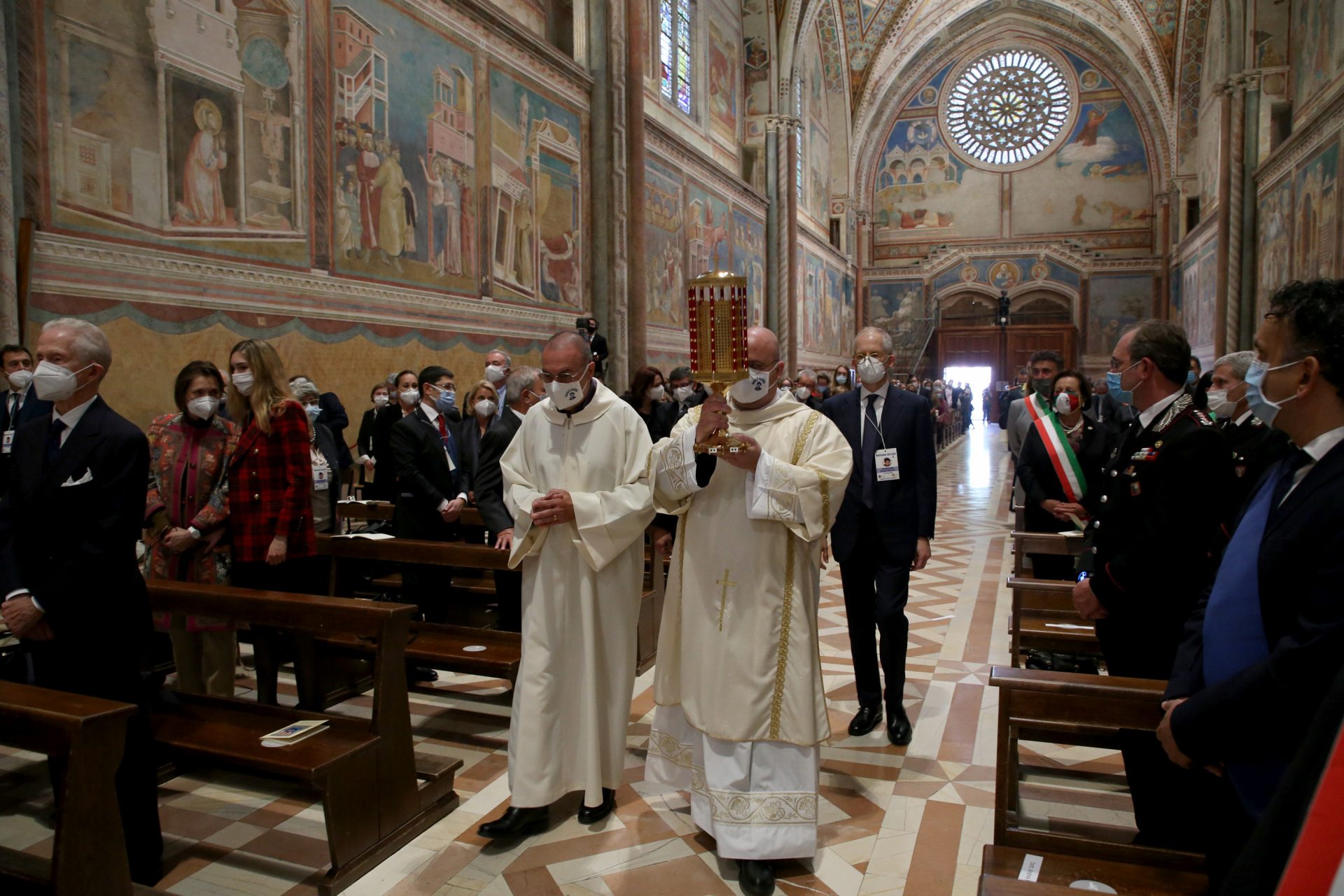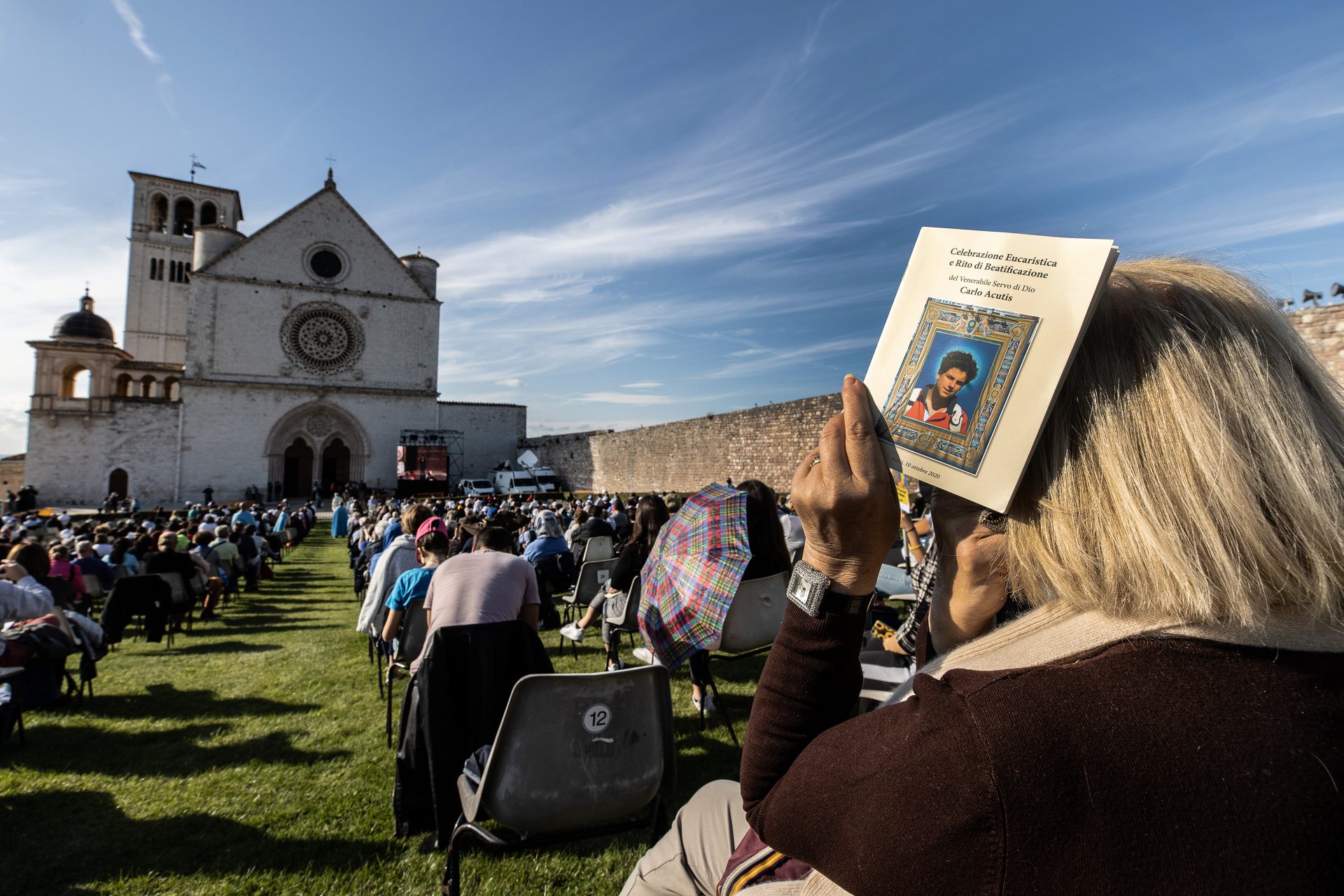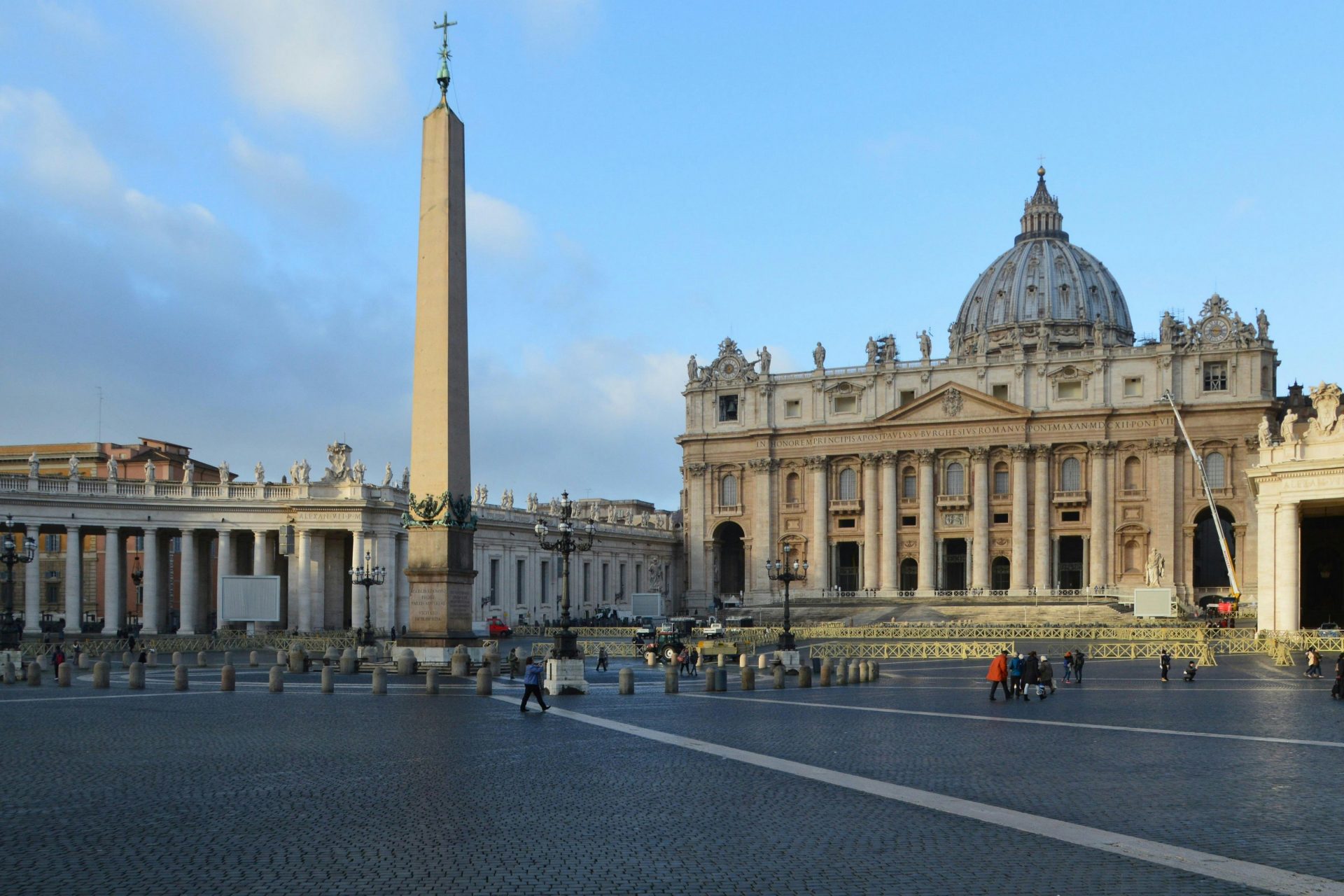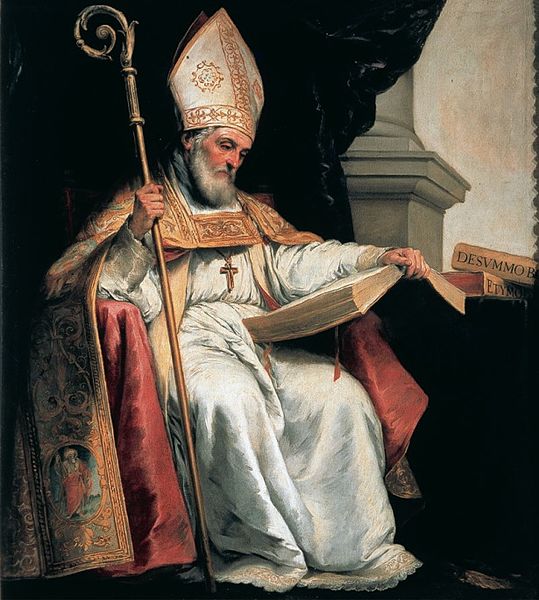The incredible story of the first Catholic millennial saint
The name of Carlo Acutis resonates throughout the world, perhaps especially in Catholic countries. This young Italian, who died in 2006 from fulminant leukemia, will soon become the first millennial saint in the history of the Catholic Church.
In fact, Pope Francis recently authorized a decree for the canonization of 15 people: among these is Carlo Acutis, born in 1991 (the millennial generation was born between 1981 and 1996).
His story has become very famous. He was born in London, but to an Italian family who lived in the capital of the United Kingdom for work. They moved back to Italy, in Milan, when he was 4 years old.
Screenshot of the website of the Secretary Generalis Synodi
After his first communion and confirmation, Acutis, passionate about IT, created a website for a Jesuit institute in Milan, made some videos for volunteering and the website of the Pontifical Accademia “Cultorum Martyrum”.
Screenshot of the website of the Pontifical Accademia “Cultorum Martyrum”
As CNN tells it, he implemented his technological skills to spread the Catholic faith: hence the nickname "God's influencer."
However, his life was very short: he fell ill with acute promyelocytic leukemia, a very aggressive form of the pathology, and died within a few days, on October 12, 2006. He was buried in Assisi, Umbria.
But why does the Catholic Church want to declare him a saint?
The process to declare someone a saint is not simple. As the Italian newspaper Il Post explains, the candidate must have been dead for at least five years (although there were exceptions, in the case of John Paul II).
He must also have been proclaimed Servant of God and Blessed. Furthermore, one miracle must be recognized if he died as a martyr, or two, otherwise, the newspaper explains.
Establishing whether an event was a miracle or not also includes an investigation phase through evidence and testimonies. As the Vatican expert Gian Guido Vecchi explained in the Italian newspaper Corriere della Sera, a medical commission is established to judge whether a supposedly “miraculous” event, such as the healing of a person, cannot be explained scientifically.
If this alleged cure has no scientific explanation and is “immediate, complete and lasting” it can be taken into consideration. The one who has the final say, however, is the Pope, who has to grant final approval.
This young man was named a servant of God in 2018 and blessed in 2020, after the intercession of a miracle was recognized: God, for the Catholic Church, is the only one who can perform miracles, but those who mediate them to occur are the saints.
Acutis' miracles would be two. The first, of a six-year-old boy, who suffered from annular pancreas and who was allegedly cured by touching his relic.
The second was the healing of a woman from Costa Rica, who had a bicycle accident in 2022 that caused her head trauma. According to the church, she survived after her mother went on a pilgrimage to Assisi and prayed at the tomb of Acutis.
Although the Vatican confirmed that he will be canonized, it has not yet set a date. According to CNN, it could be in the jubilee of 2025.
Photo: Slim MARS / Unsplush
Due to his passion for technology and computing, for many, once declared a saint, Acutis will be the protector of the Internet, sharing the role with Isidore of Seville.
Photo: Wikimedia commons
More for you
Top Stories



